Manual Wet Standpipe System
Manual wet standpipe system. Edition of NFPA 14 The hydraulic sizing calculations shall be provided with the standpipe system submittal. Class I standpipe systems must be wet systems except where the piping is subject to freezing. A combination manual wet standpipe and sprinkler system may have sufficient pressure to.
NFPA 14 2019 Section 6452 requires a sign at the fire department connection FDC stating the type of standpipe and if it is a manual standpipe also it. That said the mandate to test portions of all standpipe systems is open to some debate. This is a firefighting system standard NFPA-14 video about the Types of Standpipe Systems in the Urdu Hindi language.
Following are four types of standpipes that you will find in use. When installing a new manual wet or dry standpipe system what is your companys preferred method of completing an acceptance flow test. It is basic learning detailed infor.
- A standpipe system with no permanently attached water supply that relies exclusively on the fire department connection to supply the system demand. Meeting flow and pressure requirements. Even in a system with an automatic supply hydraulic calculations are required for.
NFPA 14 5412 C. Manual - wet standpipe systems require water from a fire department pumper or the like to be pumped into the system to supply the system demand. A combination manual wet standpipe and sprinkler system may have sufficient pressure to supply sprinklers without a pump or need a relatively small pump to supply sprinklers but will not adequately supply hose outlets.
Standpipe systems are divided into classes to identify their specific. Codes will speculate the type of system that will be installed and where the hose connections shall be located. Here water is in the pipes at all times and is supplied by a water source.
The exception to this testing requirement is any manual wet system that is combined with a sprinkler system. Manual wet systems keep water in the system at all times but are not backed up by a pump.
Includes DN 65 NPS 212 hose connections.
Standpipe systems are divided into classes to identify their specific. Here water is in the pipes at all times and is supplied by a water source. Even in a system with an automatic supply hydraulic calculations are required for. The exception to this testing requirement is any manual wet system that is combined with a sprinkler system. Manual - wet standpipe systems require water from a fire department pumper or the like to be pumped into the system to supply the system demand. With a standpipe system installed in a building the fire fighter can connect hose to a permanently installed valve on the standpipe system and with not more than 100 to 200 ft 355 m to 61 m of hose can fight a fire anywhere on a given floor. The purpose of the water supply is to maintain water within the system thus reducing the time it takes to get water to the hose station outlets. Components of a Vertical Standpipe Standpipes are not always vertical standpipes but for multi-story buildings they are the most prevalent and are the topic of discussion this week. NFPA 14 2019 Section 6452 requires a sign at the fire department connection FDC stating the type of standpipe and if it is a manual standpipe also it.
Do you rent or own a portable pump that is capable of achieving such designed flow rates. When installing a new manual wet or dry standpipe system what is your companys preferred method of completing an acceptance flow test. Codes will speculate the type of system that will be installed and where the hose connections shall be located. It is basic learning detailed infor. Edition of NFPA 14 The hydraulic sizing calculations shall be provided with the standpipe system submittal. Rather we have to fight the fire and in some cases provide shelter in place for occupants when fire occurs. Do you rent or own a portable pump that is capable of achieving such designed flow rates.

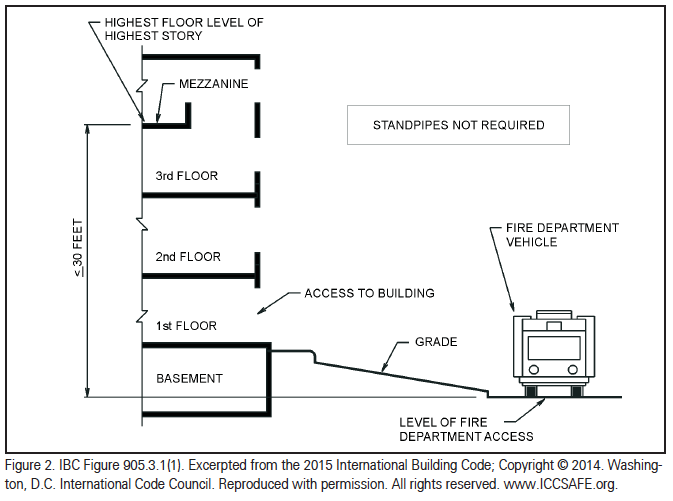
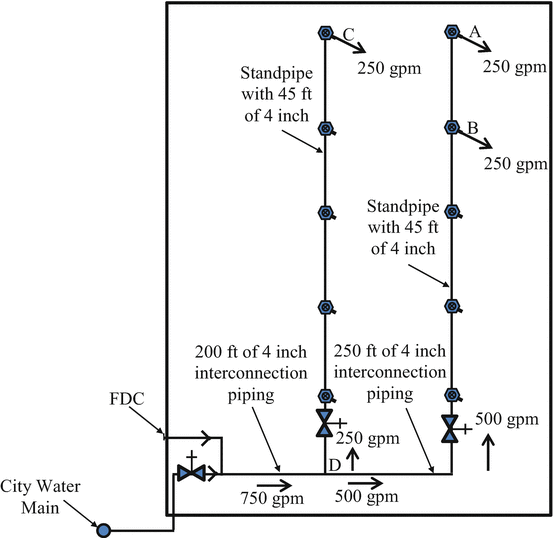


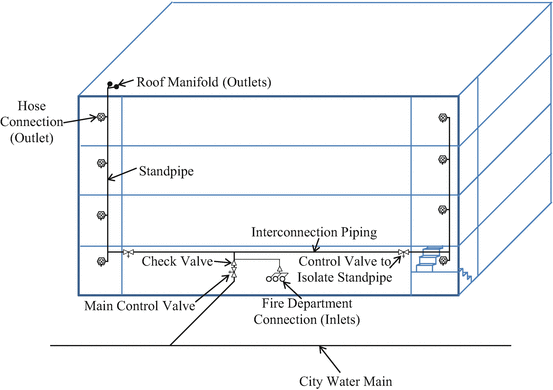
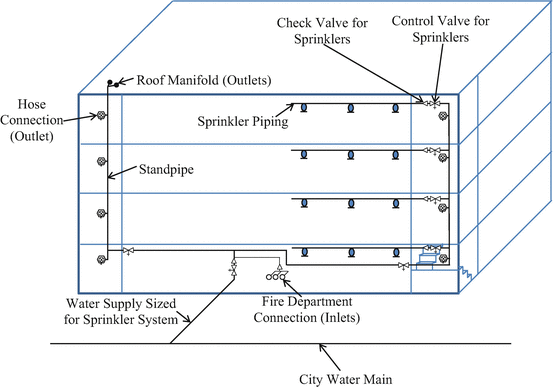


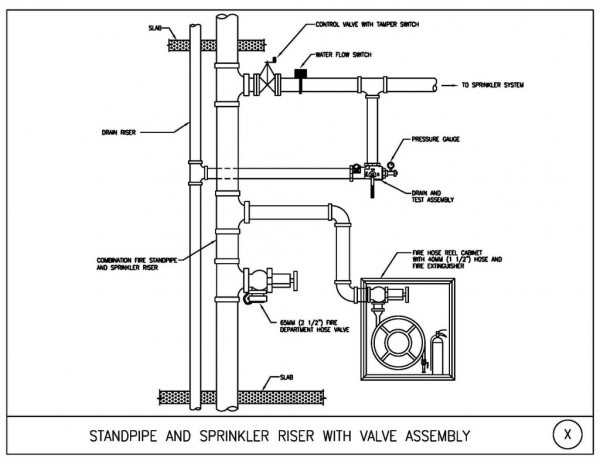


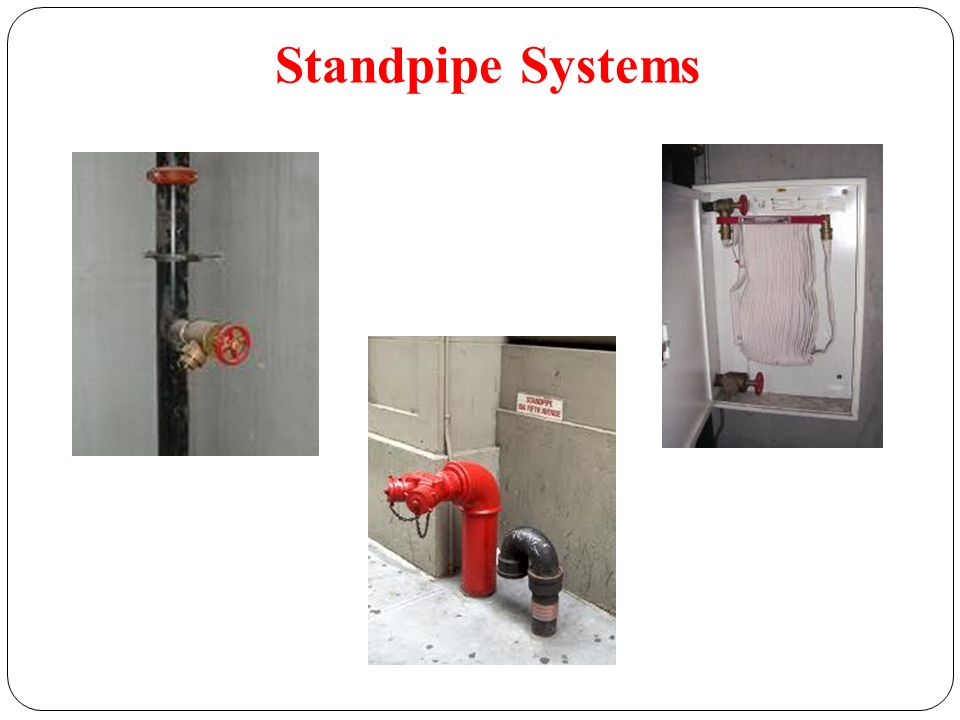

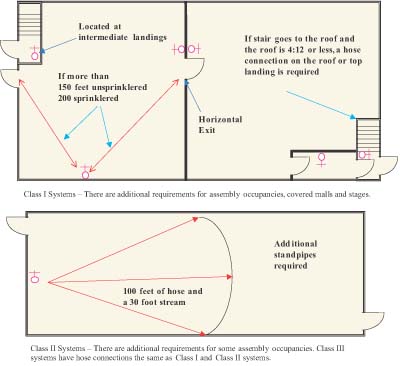

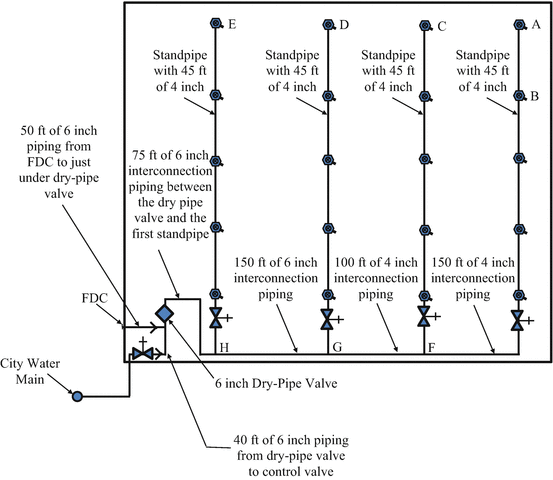

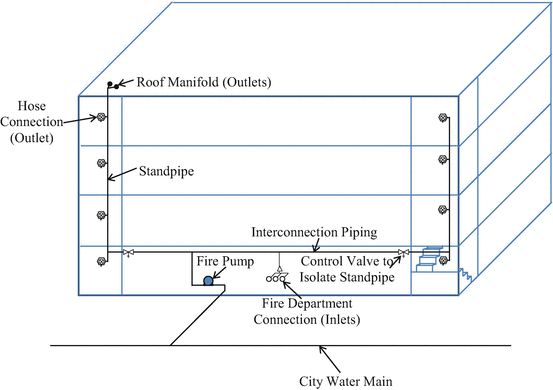



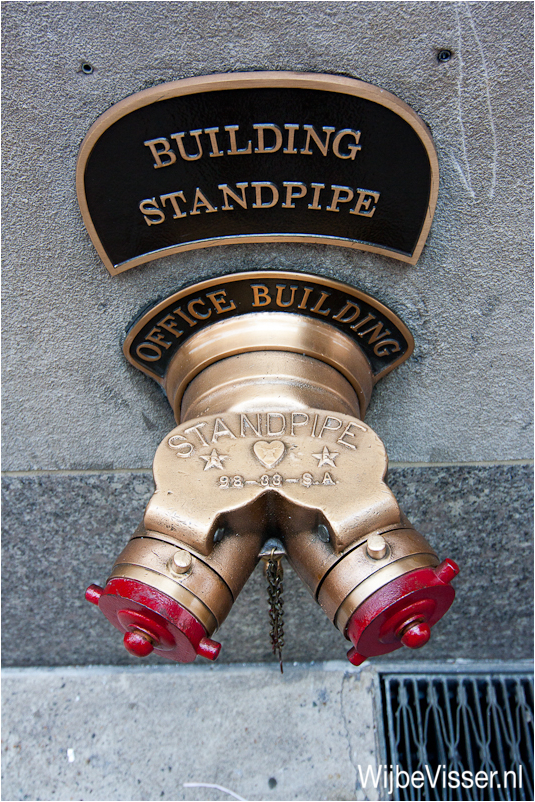


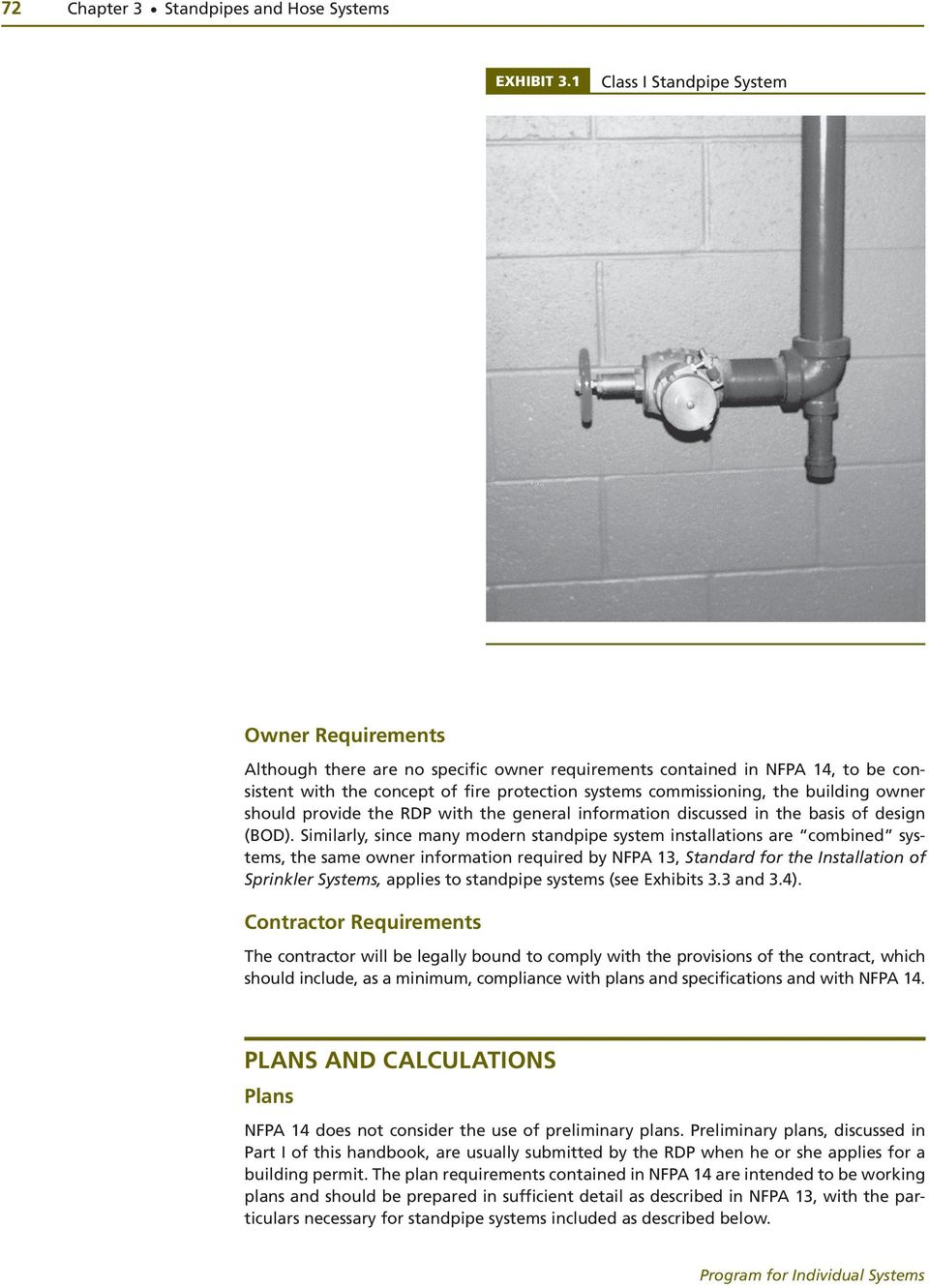



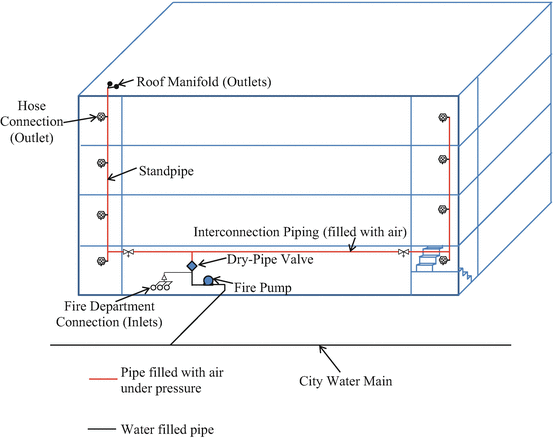




Post a Comment for "Manual Wet Standpipe System"